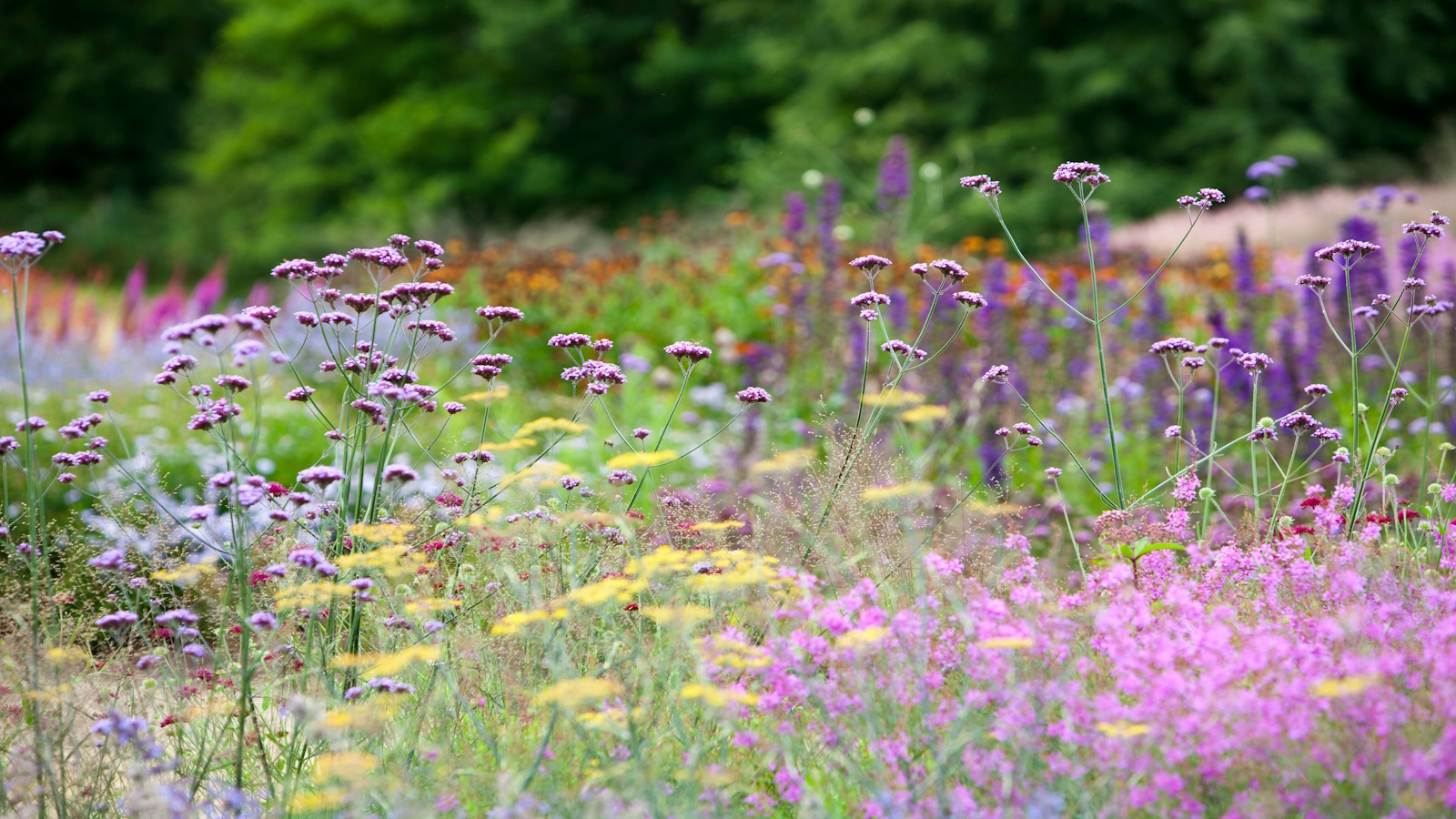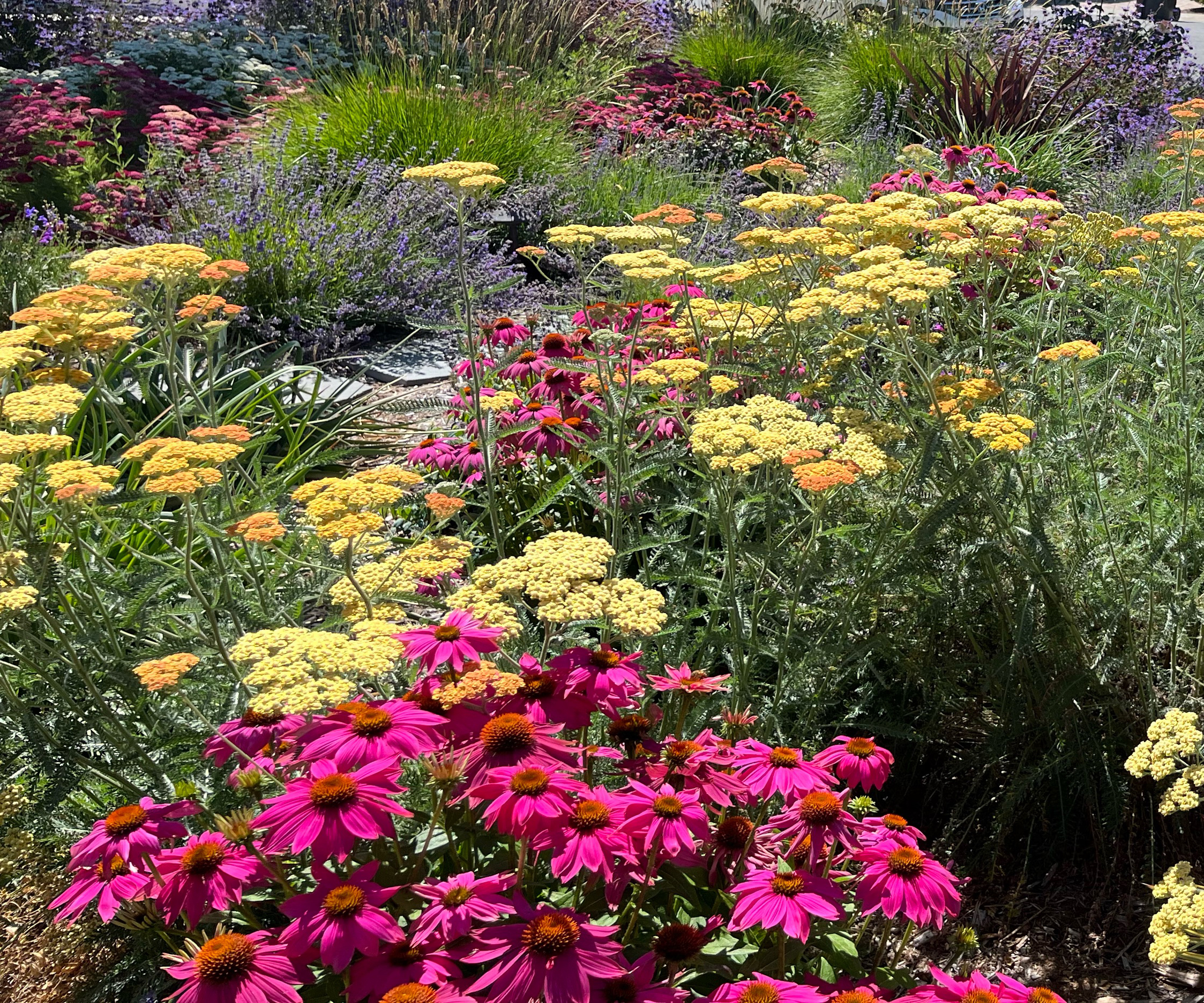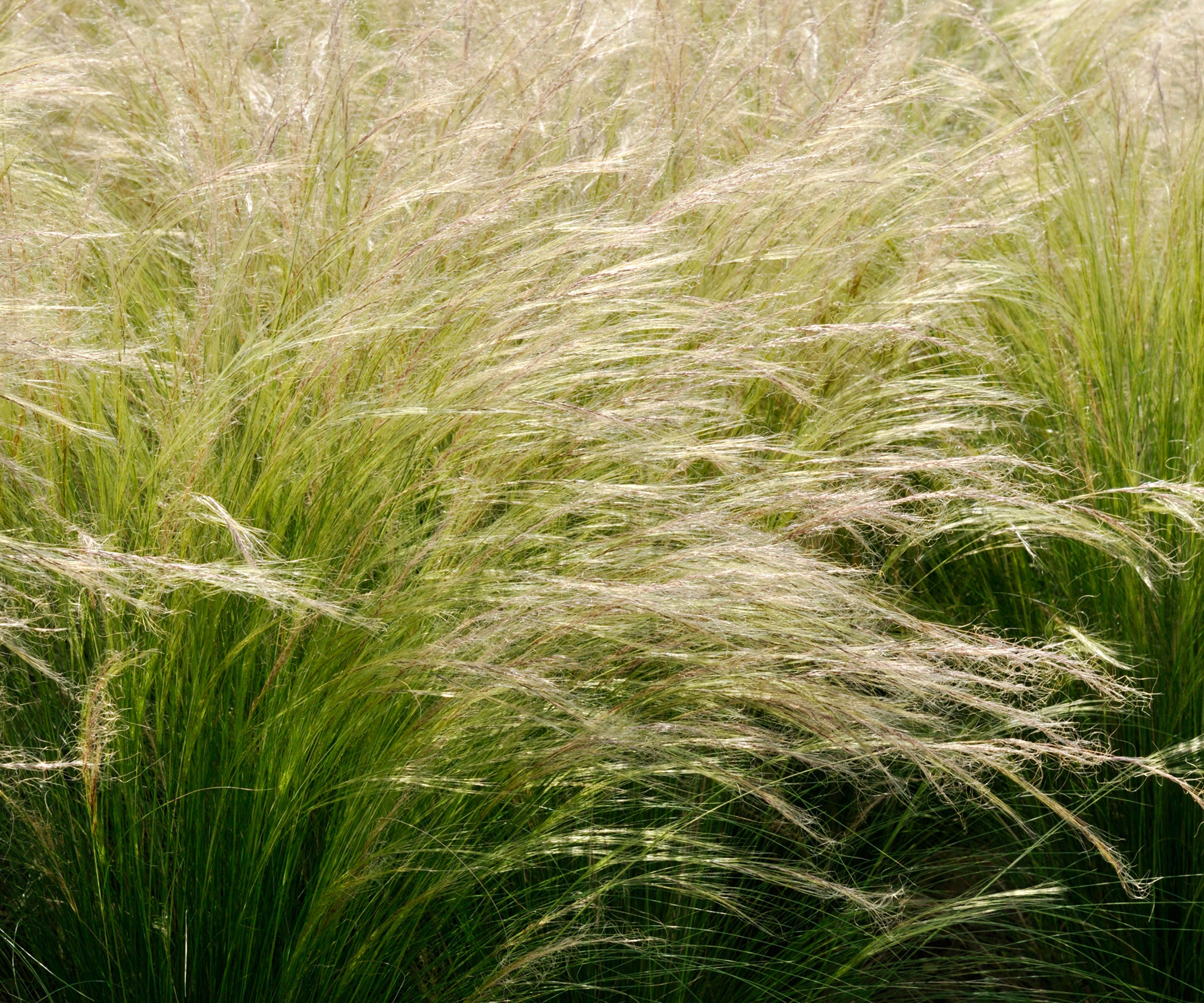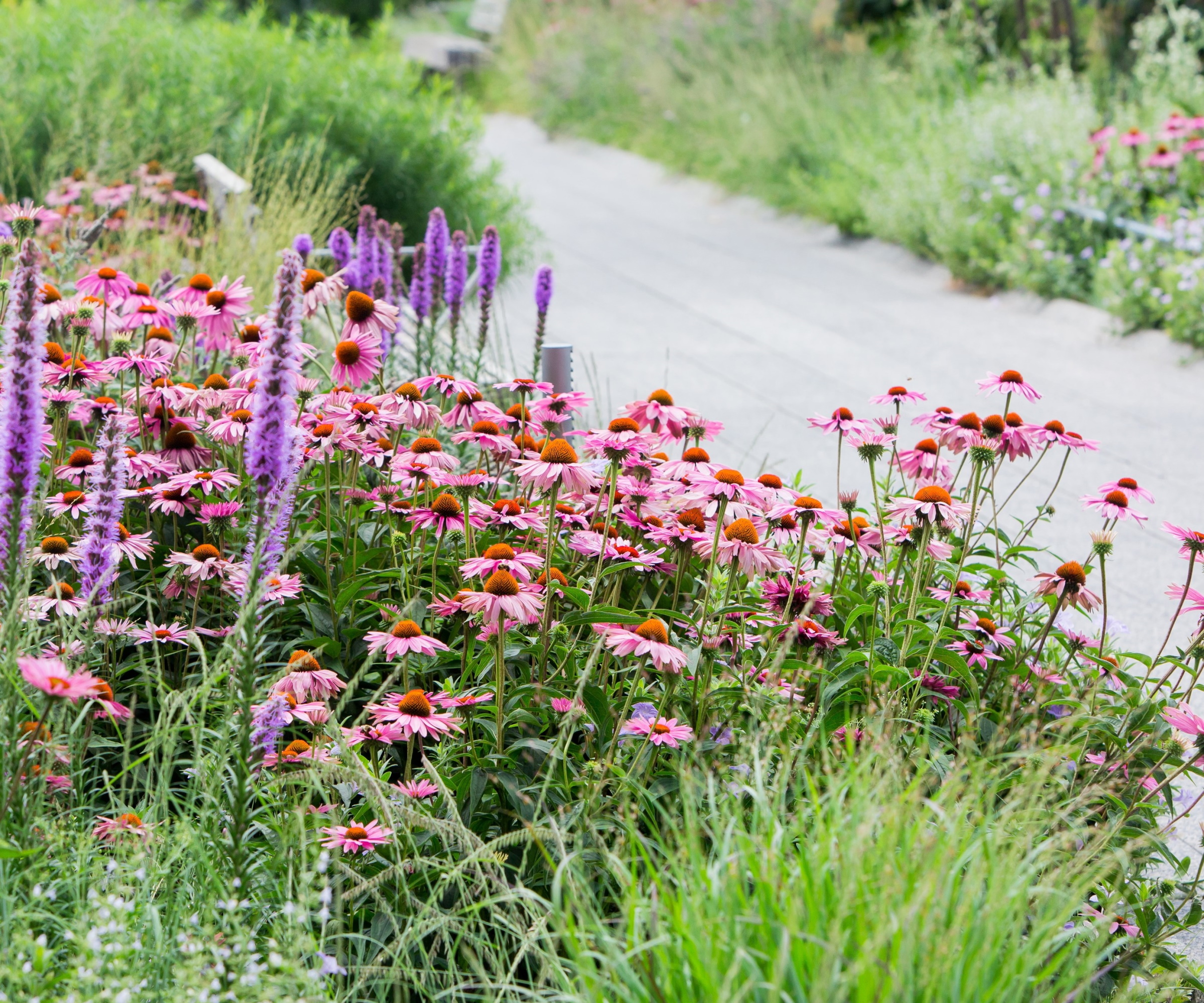
When it comes to garden design, there are planting styles to suit every type of garden, whether an inner-urban environment or an exposed coastal location. A relative newcomer to the party, matrix planting is gaining in popularity, especially since its use in New York City’s High Line and other high-profile gardens.
Mimicking wild plant communities, typically by blending grasses and perennials, matrix planting is a far cry from the neat rows of bedding found in formal gardens and can be used on both a large and small scale. To learn more, I spoke with some horticultural experts, who shared their advice and tips on matrix planting.
Whether you are planning to revamp a new border or give your backyard a complete redesign, matrix planting, along with these other beautiful garden design ideas, is certainly worth considering.

What is matrix planting?
According to Shireen Zia, an award-winning designer and principal of EcoGardens Landscape Design, 'matrix planting is a layered approach where a groundcover or grass forms a living base, and other plants, like perennials and accents, are interwoven to mimic natural plant communities. It’s about designing plant layers that work together, not in isolation’.
Forming a naturally cohesive design, matrix planting has several benefits. To start with, matrix planting focuses on growing plants more closely together than other designs, reducing the use of wood mulch and encouraging self-seeding in any gaps.
Furthermore, once established and the plants have knitted together, less input is needed, which means less irrigation, fertilization and weeding is required in the long term.
Another advantage of matrix planting and certainly on trend, is that it can help boost biodiversity in your garden. This is achieved because ‘the layered diversity creates year-round interest and encourages a healthier garden ecosystem by attracting pollinators, beneficial insects, and birds’, explains Shireen Zia.
However, even though matrix planting tends to present as a natural and loose style, a lot of thought goes into the planning stage to make it work and look good.
Matrix planting on a small scale

Although often used for large-scale public projects by Piet Oudolf and other garden designers, matrix planting can also be utilized on a much smaller scale and is ideal for a back or front yard.
When matrix planting in a small area in your own garden, you can take some inspiration from large-scale examples and use the same or similar plants, but fewer of them.
Then, once you have decided on your chosen plants and their placement, you can repeat this design for as large or small an area as you need.
How to get started with matrix planting

Before you head off to the garden center to stock up on plants, you will want to consider the growing conditions of your new planting site, including how much sun it receives, the soil type and if you are unsure, test the soil’s pH levels.
A pH meter such as this ‘Garden Tutor Soil pH Test Kit from Amazon’ will allow you to test the soil in multiple areas, giving you a clear understanding of whether the soil is acidic, neutral or alkaline.
Additionally, you will want to know your US hardiness zone, as you will want to ensure that your chosen plants are suitable for your local conditions and won’t succumb to a heavy frost.
When it comes to getting started with matrix planting, Mt Cuba Center plant biodiversity expert Melissa Starkey, PhD suggests that ‘the best way to start thinking about matrix planting is to use an analogy of making a quilt with a random but repeating pattern of plants’ and highlights 'the importance of selecting plants that complement each other and have similar growing conditions for the most benefit.’
When considering which plants to use, you will want to consider not just whether they will look good together but also their root types. This is because matrix planting often utilizes plants with varying root depths so nutrients and moisture can be accessed at different levels, with the more shallow-rooted grasses forming a mat base and other deeper tap-rooted species interwoven amongst them.
To help you plan, you can draw a square grid on a blank piece of paper to design your matrix scheme, or purchase some grid paper, such as this Garden Graph Paper available from Amazon. Designing on paper first can help you visualize where the plants should go, enable you to work out how many plants you might need and be reused if you need to repeat your design.
A great place to start, as Shireen Zia suggests, is to ‘begin by selecting a resilient, site-appropriate groundcover, like Carex divulsa, Sesleria 'Greenlee', or other low grasses that knit the garden together’ before adding ‘structural plants for form and height, such as Iris douglasiana or Penstemon’.
Finally, you can choose some plants that will add some seasonal color and movement by weaving in accents like Agastache, Salvia, or Echinacea’.
For instant impact, you can purchase plants in quart or gallon pots. However, if you don’t mind waiting for the plants to fill out a bit, you can buy your plants more economically as smaller plug plants.
If all this talk of ornamental grasses and sedges has got you thinking about how you could add more some texture and movement to your backyard yard you will find lots of inspiration in our specialist article on landscaping with ornamental grasses.







